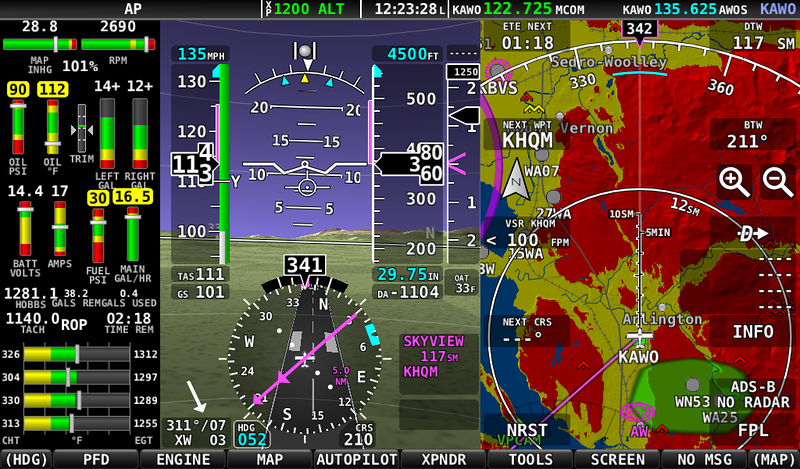I noticed that my takeoff Fuel Flow is down to 14-15 GPH on my Mattituck IO-360 in my RV8.
I went back and looked through all the data for my flights from when I got the airplane in 2020. It seems that in the colder months I'll get 16-17 GPH, and during the warmer months 14-15.
Is this high enough? I'm thinking it's on the low side. From what I've read the rule of thumb is 9% of max HP. My data plate says 185 hp so I should get a min of 17 GPH. How can I adjust it higher? I did lower my idle mixture last annual because it was too high.
I'm using an RSA-5 Throttle Body. I do plan on doing a GAMI test in the next couple of weeks and change out to GAMI injectors.
I have no idea why my Mattituck data plate says 185 and not 180. I have the logbooks from this engine, but have never been able to find any kind of build sheet or other guidance on what they put in these things. They are long out of business.
I went back and looked through all the data for my flights from when I got the airplane in 2020. It seems that in the colder months I'll get 16-17 GPH, and during the warmer months 14-15.
Is this high enough? I'm thinking it's on the low side. From what I've read the rule of thumb is 9% of max HP. My data plate says 185 hp so I should get a min of 17 GPH. How can I adjust it higher? I did lower my idle mixture last annual because it was too high.
I'm using an RSA-5 Throttle Body. I do plan on doing a GAMI test in the next couple of weeks and change out to GAMI injectors.
I have no idea why my Mattituck data plate says 185 and not 180. I have the logbooks from this engine, but have never been able to find any kind of build sheet or other guidance on what they put in these things. They are long out of business.





